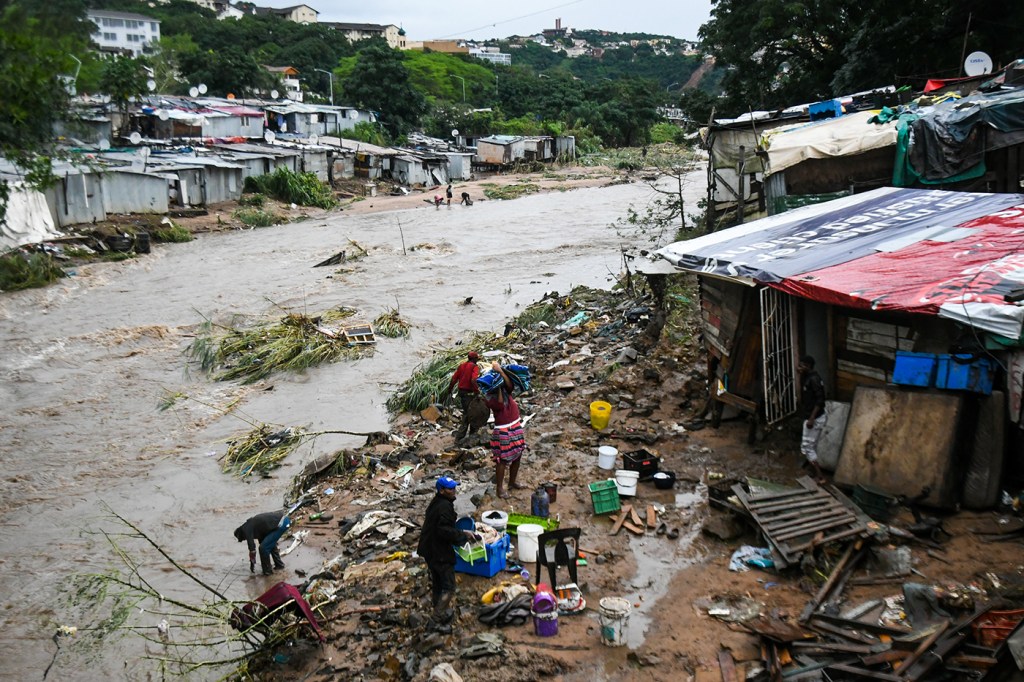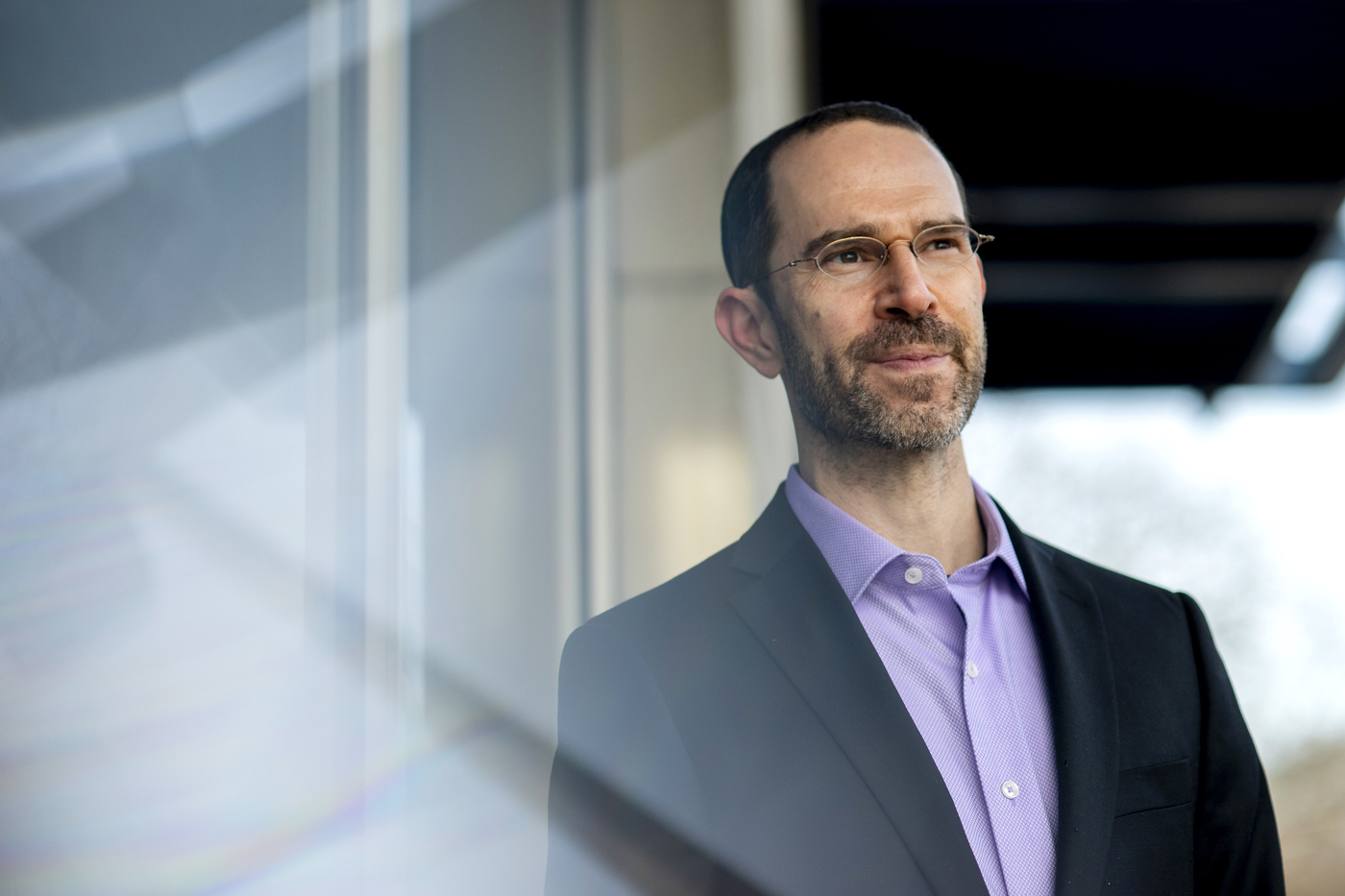Deadly floods, mudslides wreaked havoc in South Africa. What can communities do to recover?

After a week of relentless rain and punishing mudslides, people in the Durban area of South Africa turn now to rebuilding. The historic flooding, which destroyed nearly 4,000 homes and claimed 448 lives, caused one of the deadliest natural disasters in the country’s history.
In an address to his country earlier this week, South African President Cyril Ramaphosa said that more than 40,000 people have been displaced from their homes. An additional 8,300 houses have been damaged on top of the thousands destroyed.

Daniel P. Aldrich, director of the security and resilience studies program and professor in political science and public policy, poses for a portrait. Photo by Ruby Wallau/Northeastern University
Ramaphosa declared a national state of disaster, and allocated $67 million to help those hit by the floods. South Africa’s military has deployed 10,000 troops to help with search and rescue efforts, and to deliver food, water, and clothing to flood victims, according to the Associated Press.
Federal efforts such as these are necessary to rebuild infrastructure and treat victims. At the same time, when disaster strikes, social connections play a critical role in keeping people safe and enabling them to bounce back, according to a body of research by Daniel Aldrich, professor of political science and public policy at Northeastern.
So, in the days and weeks after these devastating floods, what should people in the region do? Aldrich, who directs the Security and Resilience Studies Program, offers some insight.
Aldrich suggests these first five actions for someone in the flood zone to take, now that the acute danger is over:
- Communicate with neighbors to learn what they need at this point, such as medical care, food, shelter, phones to reach missing loved ones, etc.
- Speak with local government authorities, disaster workers, and elected officials to tell them about vulnerabilities in the system, including what failed, what wasn’t ready, and how long it took emergency assistance to arrive.
- Work to improve the physical infrastructure in one’s own residence to be more resilient to future floods. For example: Put damageable goods on the second floor, and keep potable water available out of the flood range.
- Start working on bottom-up, community-based plans to build local connections, trust, and cooperation to prepare for the next shock.
- Push to end South African government corruption, which diverted much of the money intended for COVID-19 relief, in the hopes that the money will reach vulnerable communities this time.
On this last point, Aldrich and Ramaphosa are in agreement.
“There can be no room for corruption, mismanagement or fraud of any sort,” Ramaphosa said during a televised address on Monday.
“Learning from the experience of the COVID-19 pandemic, we are drawing together various stakeholders to be part of an oversight structure to ensure all funds disbursed to respond to this disaster are properly accounted for and that the state receives value for money,” he said.
While the federal government continues to triage disaster relief, outside relief efforts have also begun. Gift of the Givers Foundation, the largest disaster-response non-governmental organization of African origin on the continent, is collecting donations to help communities affected by the floods.
Aldrich also has suggestions for people outside the immediate flood zone who are looking to help:
- Do not give material goods like clothing, water, or food unless specifically requested by local survivors.
- Work, wherever possible, through local foundations and faith-based organizations with low overhead costs and a clear recognition of the needs on the ground.
And, he says, it’s time for government officials and communities to start thinking long-term about disaster resilience.
“Flooding like this will become more regular and more powerful with climate change,” Aldrich says, adding that we have to “work to build the social and physical infrastructure vulnerable communities need ahead of time.”
For media inquiries, please contact media@northeastern.edu.





